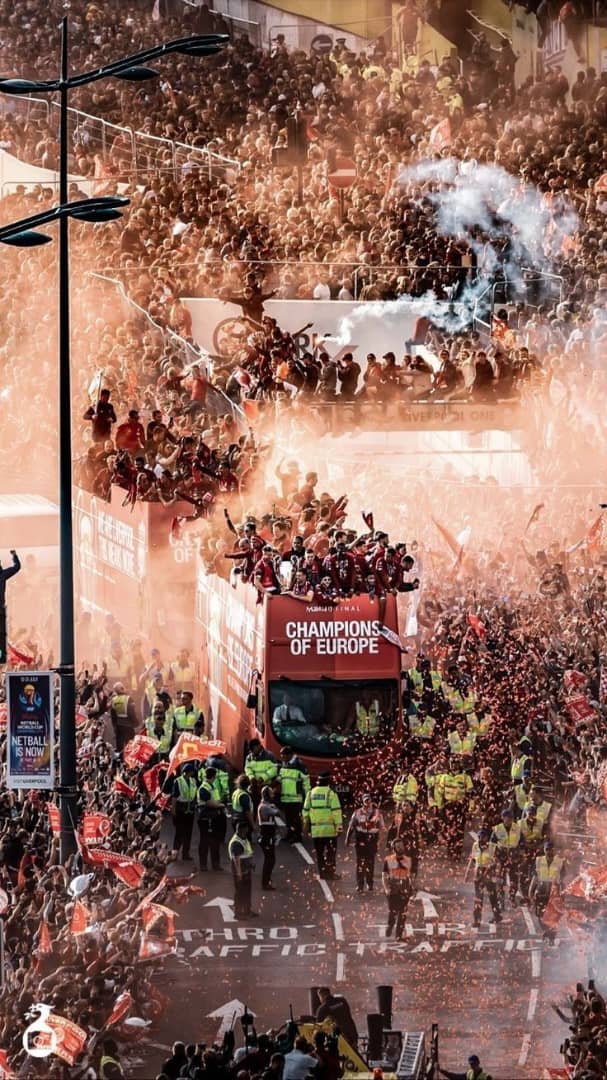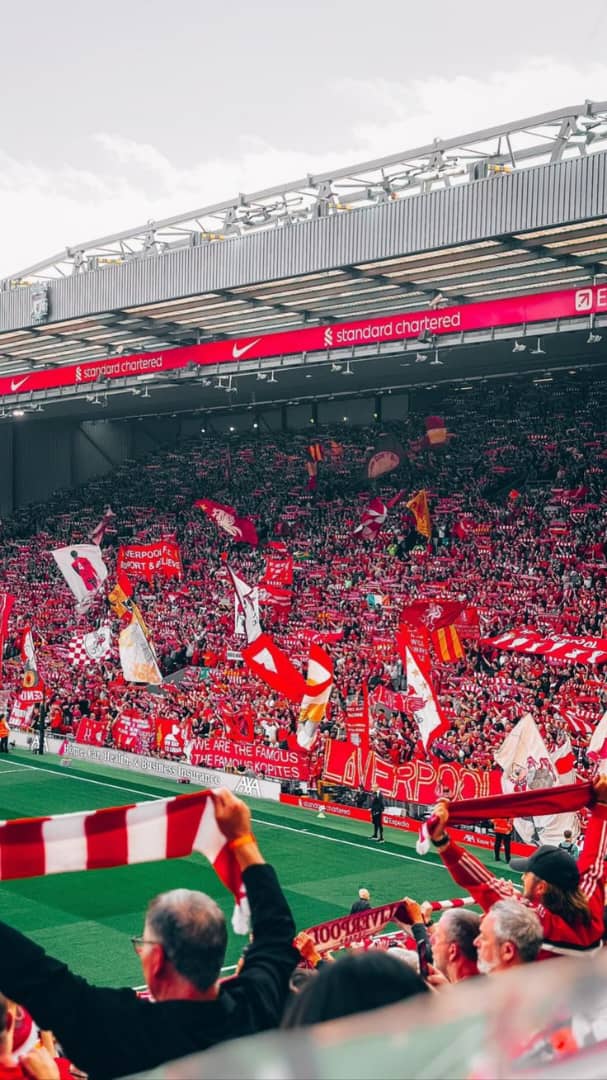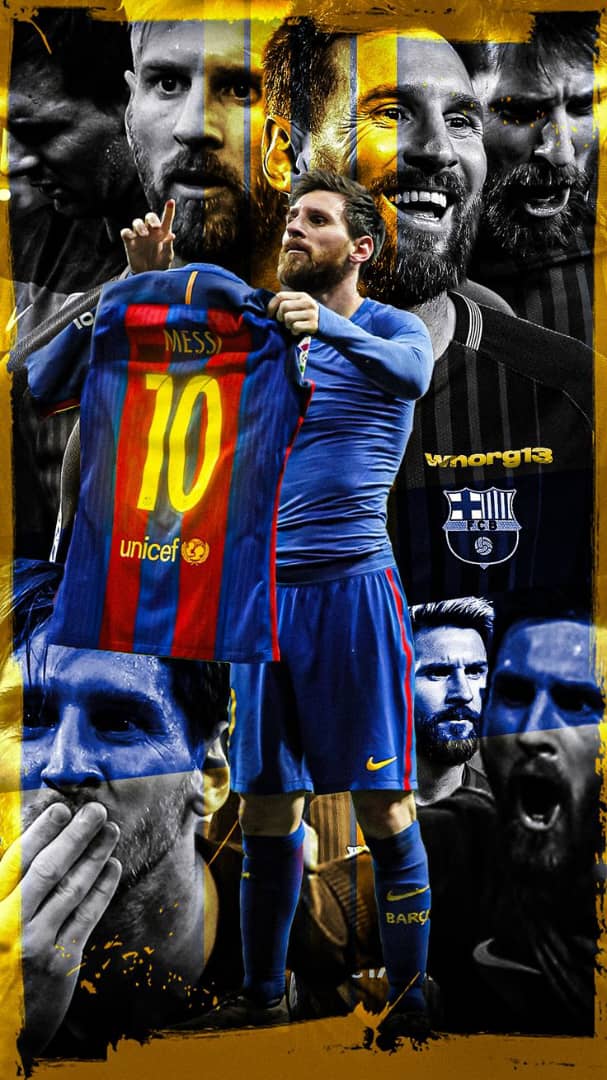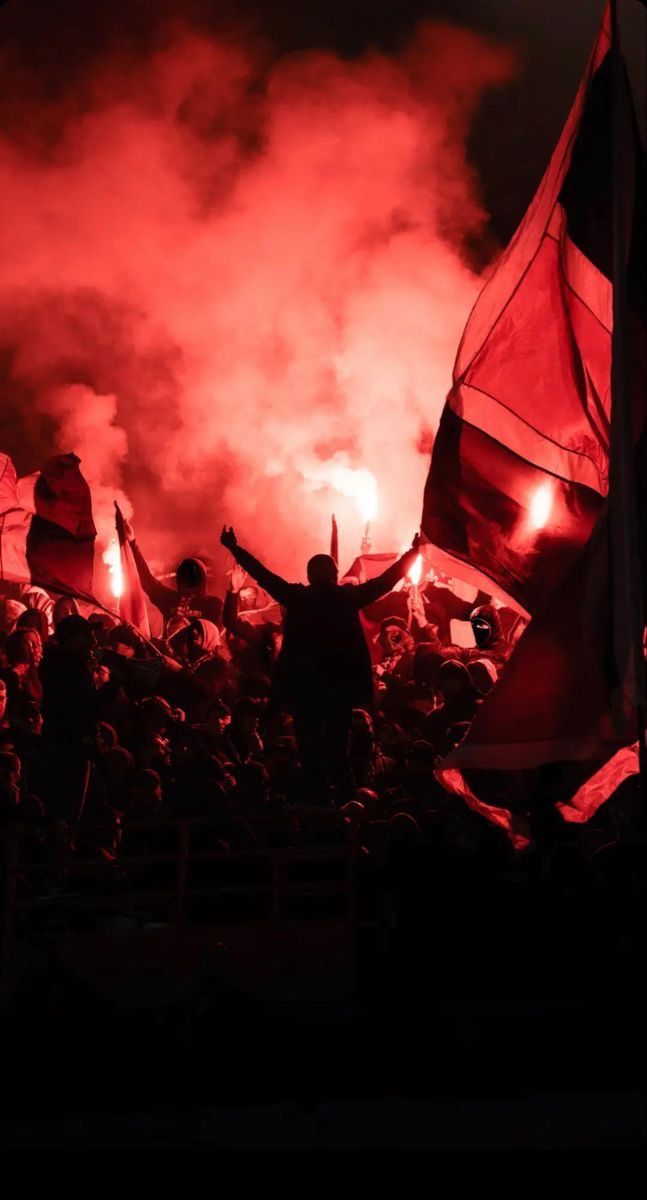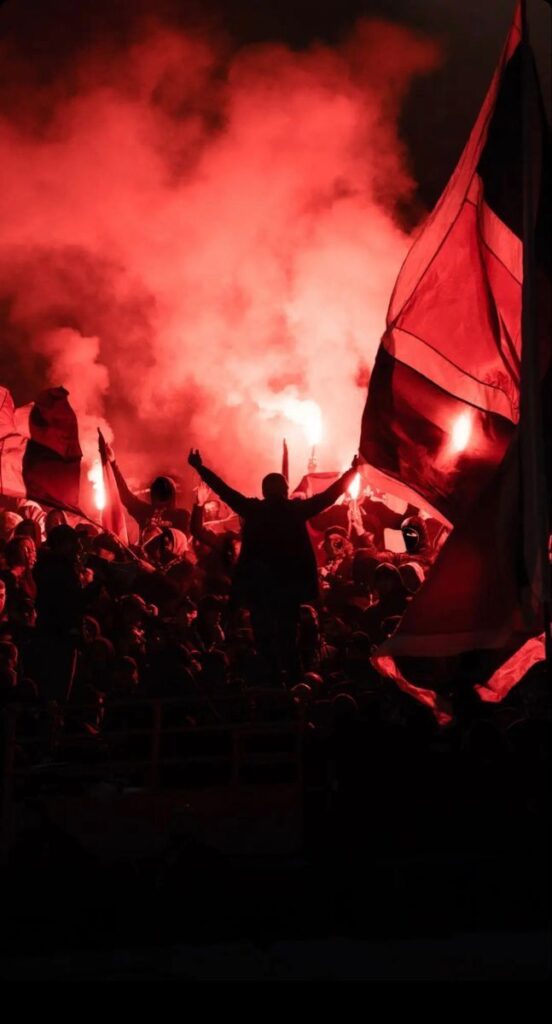
Part 1: Introduction – A New Era of Football Fandom **
The Digital Transformation of Passion
Football, long considered a tribal and communal experience shared in stadiums and living rooms, has undergone a radical transformation in the 21st century. Today, you’re as likely to witness a fan reaction go viral on TikTok as you are to see a stadium roar in person. With over 5 billion internet users globally, and over *4.9 billion on social media, football has become **hyper-connected, **hyper-visual, and *immediate.
The shift is seismic: social media hasn’t just influenced football fandom—it has redefined it.
From real-time reactions on Twitter, to *Instagram Stories of matchday rituals, to **transfer news leaks on X (formerly Twitter), and *YouTube compilations fueling a teenager’s obsession with an obscure winger from the Eredivisie, fandom is no longer restricted by geography, language, or time zones.
Part 2: The Rise of the Global Digital Fan **
Beyond the Stadium: Football’s New Front Row
Once upon a time, being a fan meant living near your club, going to matches, and buying the local paper for match reports. Today, a fan in Lagos or Manila can know more about Arsenal than someone living next to the Emirates.
Social media has enabled:
- Real-time updates on every player, tactic, and goal.
- Global conversations that transcend national leagues.
- 24/7 access to club content and player lifestyles.
This shift has created the Global Digital Fan—hyper-informed, emotionally invested, and fully integrated into the fabric of football discourse.
Part 3: Twitter, TikTok, and the Real-Time Football Discourse
Hashtags and Highlights
Twitter/X has become the heartbeat of football conversation. During matches, hashtags like #ElClasico or #UCLFinal dominate global trending topics.
Fans now:
- React to games in real time
- Create memes that define a moment
- Build communities around banter and analysis
TikTok, meanwhile, has brought short-form emotion to the front. A slow-motion free kick with dramatic music can get millions of views in hours, making players viral icons or villains overnight.
Part 4: Player-Fan Dynamics in the Age of Direct Access
No More Middleman
Before social media, fans could only hear from players via journalists or interviews. Now, with a click, players post:
- Post-match thoughts on Instagram
- Live Q\&As with fans
- Behind-the-scenes training videos
- Apologies or rebuttals in controversies
This direct access has transformed the fan-player relationship. It humanizes players, creates empathy, but also opens them to criticism, abuse, and mental health issues.
Part 5: Football Influencers and the Democratization of Voice
From Fans to Celebrities
Social media has turned ordinary fans into football influencers. These creators now shape opinions, break transfer news, and even interview players.
Notable trends include:
- Tactical analysts on YouTube with millions of subscribers
- TikTok creators reenacting iconic moments
- Fan-led podcasts rivaling mainstream media coverage
This democratization of voice has challenged traditional journalism and reshaped how narratives are created.
Part 6: Toxicity, Trolling, and Cancel Culture
When Fandom Turns Dark
Unfortunately, the same platforms that unite fans can also divide them. Social media enables:
- Player abuse after poor performances
- Trolling of rival fans
- Cancel culture, where players or managers are swiftly condemned
Psychologically, this stems from *anonymity, **emotional projection, and **tribal aggression, but its impact is severe—leading some players to **delete accounts, **report mental health struggles, or *leave the sport.
Part 7: The Role of Memes, GIFs, and Humor in Modern Fandom
Laughing Together, Winning Alone
Memes have become cultural shorthand for football moments. From Mourinho’s smirk to Ronaldo’s “Siuuu,” humor is central to modern fandom. It provides:
- Shared emotional release
- Instant commentary
- A sense of community
Entire games are now “meme-fied” within minutes, allowing football fans to express joy, sarcasm, or despair creatively.
Part 8: Club Marketing, Branding, and Fan Engagement via Social Media
The New PR Playbook
Clubs now operate like media companies, using social media for:
- Matchday content
- Merchandise campaigns
- Fan polls and contests
- International outreach
Clubs like AS Roma and Bayern Munich have pioneered *quirky Twitter personas, while others partner with influencers to reach **Gen Z audiences. This engagement strategy builds *brand loyalty, especially among younger, global fans.
Part 9: Social Justice and Activism Through Football Platforms
From Hashtags to Movements
Social media has empowered players and fans to speak on:
- Racism (#BlackLivesMatter)
- LGBTQ+ rights (Rainbow Laces)
- Mental health awareness
- War and political injustice
These movements often gain momentum on social media first, with fans showing support through profile changes, comments, and digital campaigns. Footballers have become *activists, and fans their *amplifiers.
Part 10: The Algorithm and the Echo Chamber
What the Algorithm Shows, We Believe
Social media doesn’t just reflect football—it shapes it. Algorithms curate content based on previous likes, meaning fans may:
- Stay in ideological bubbles (only hearing pro-Messi or anti-VAR takes)
- Get misinformation (fake injury or transfer news)
- Be manipulated by outrage-driven content
This contributes to a more polarized fanbase, where dialogue becomes echo, not debate.
Part 11: Fan-led Campaigns and Social Movements
Power to the People
From stopping the European Super League to organizing protests against club owners, social media has empowered fans to:
- Petition
- Protest
- Fundraise
- Mobilize globally in hours
Football no longer belongs only to executives or broadcasters—it belongs to fans who can coordinate change with a hashtag.
Part 12: Digital Collectibles, NFTs, and the Virtual Fandom Economy
The Rise of the Virtual Supporter
With NFTs, blockchain collectibles, and fantasy leagues, fans now *own digital memorabilia, trade match moments, and even *vote in club decisions.
This gamification of fandom has created new revenue streams but also raised questions about exploitation, addiction, and authenticity.
Part 13: Social Media’s Influence on Youth and Grassroots Football
From Viral to Vital
Young talents now gain recognition not from scouts, but from viral videos. Grassroots players:
- Post highlights to gain followers
- Get scouted via YouTube clips
- Attract sponsorships early
While this democratizes access, it can also create pressure, with teenagers chasing likes instead of development.
Part 14: Social Media’s Effect on Match Experience
Phone in One Hand, Game in the Other
In-stadium experiences are now layered with social media:
- Fans post real-time clips and selfies
- Wi-Fi and AR features enhance matchday
- Virtual fans join via Instagram Lives or matchday forums
However, critics argue this creates a less immersive live experience, where phones distract from the pitch.
Part 15: The Future – AI, Virtual Reality, and Hyper-Personalized Fandom
What Comes Next?
With AI curating fan content and VR letting you sit “inside” the stadium from your couch, the future of social media and football will be:
- More immersive
- More individualized
- And possibly more isolating
Will this deepen fandom—or fragment it into algorithmic micro-climates?
Part 16: Conclusion – A Game We Now Watch in Screens and Streams
Social media has both liberated and complicated football fandom. It’s made it:
- More inclusive
- More immediate
- More emotional
But also more toxic, fragmented, and commercial. The challenge is finding balance—preserving the soul of fandom while embracing the power of the platform.


